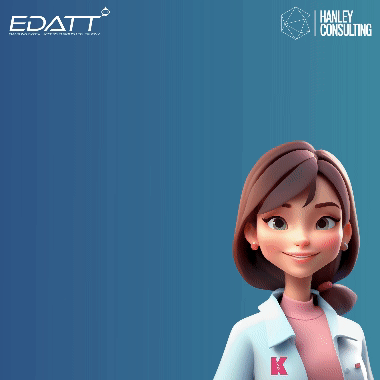Ever wanted to hear the sound of an Egyptian mummy?
The Radiology team and CT scanners at Leeds Teaching Hospitals NHS Trust have supported scientists to replicate the sound of a mummy, Nesyamun, 3,000 years on.
Using precise measurements taken using detailed Computed Tomography (CT) scanning of the mummy, the team of experts was able to create a 3-D printed version of his vocal tract.
The printed replica enabled them to accurately synthesise the vowel sound Nesyamun would have made during his life, meaning the once high-ranking Egyptian priest, incense-bearer and scribe can now be heard for the first time in more than three millennia.
Professor David Howard, from the Department of Engineering at Royal Holloway and John Schofield, Professor Joann Fletcher and Dr Stephen Buckley all from the Department of Archaeology at the University of York, started the project in 2013.
They used a CT scanner at Leeds General Infirmary to check to see if the significant part of the structure of the larynx and throat of Nesyamun remained intact.
Leeds Radiology was proud to support the scanning of an Egyptian mummy. A team of experts used one our CT scanners to produce a 3D reconstruction of the mummy’s vocal tract. Well done to the whole team. https://t.co/ErOfzkNBCd
— LTHT Radiology (@LeedsRadiology) January 24, 2020
Listen to the sound here:
Professor David Howard from Royal Holloway, University of London, said “I was demonstrating the Vocal Tract Organ in June 2013 to colleagues, with implications for providing authentic vocal sounds back to those who have lost the normal speech function of their vocal tract or larynx following an accident or surgery for laryngeal cancer.”
“I was then approached by Professor John Schofield who began to think about the archaeological and heritage opportunities of this new development. Hence finding Nesyamun and discovering his vocal tract and soft tissues were in great order for us to be able to do this.”
“It has been such an interesting project that has opened a novel window onto the past and we’re very excited to be able to share the sound with people for the first time in 3,000 years.”
Professor Joann Fletcher of the Department of Archaeology at the University of York, added: “Ultimately, this innovative interdisciplinary collaboration has given us the unique opportunity to hear the sound of someone long dead by virtue of their soft tissue preservation combined with new developments in technology.”
The research is published by Nature.




